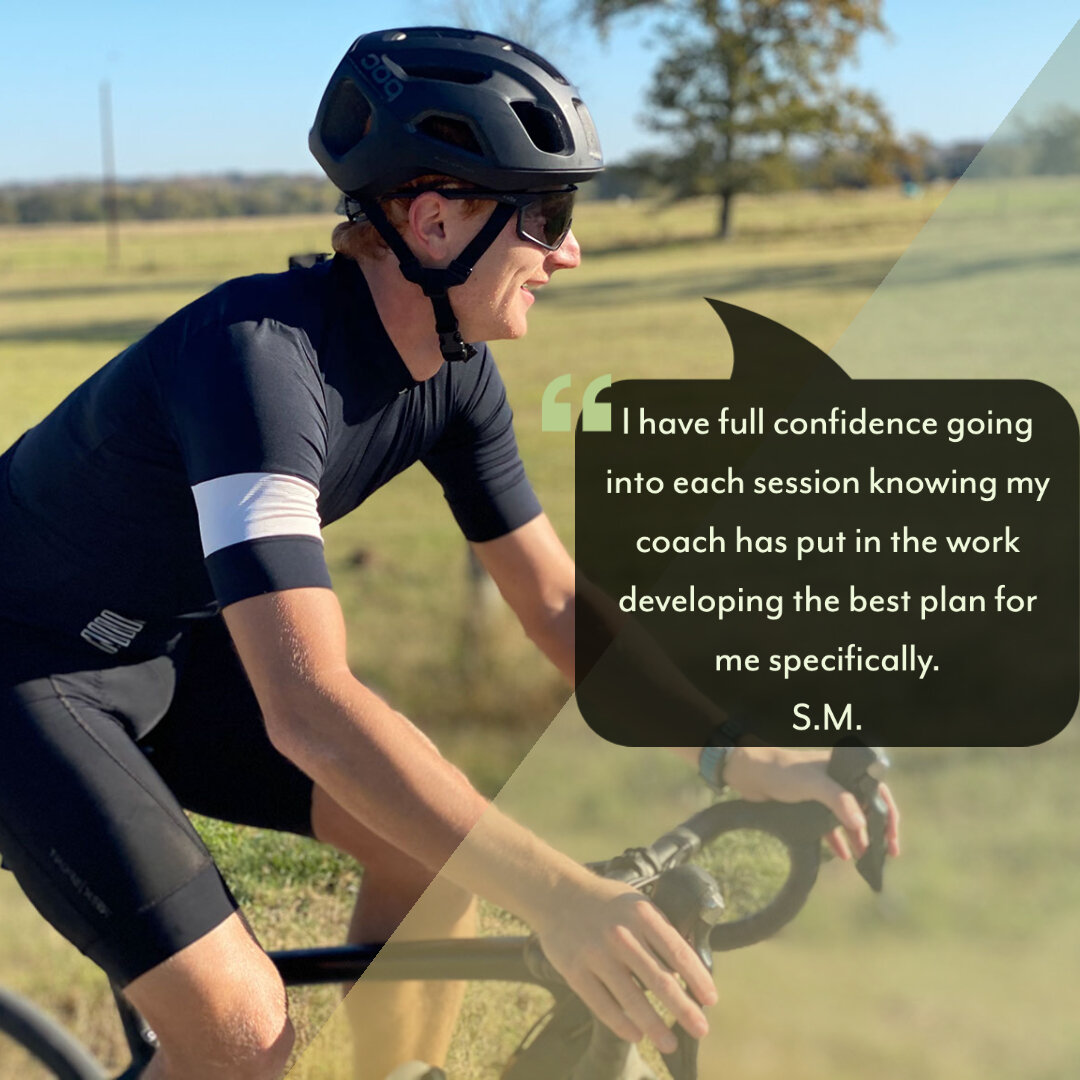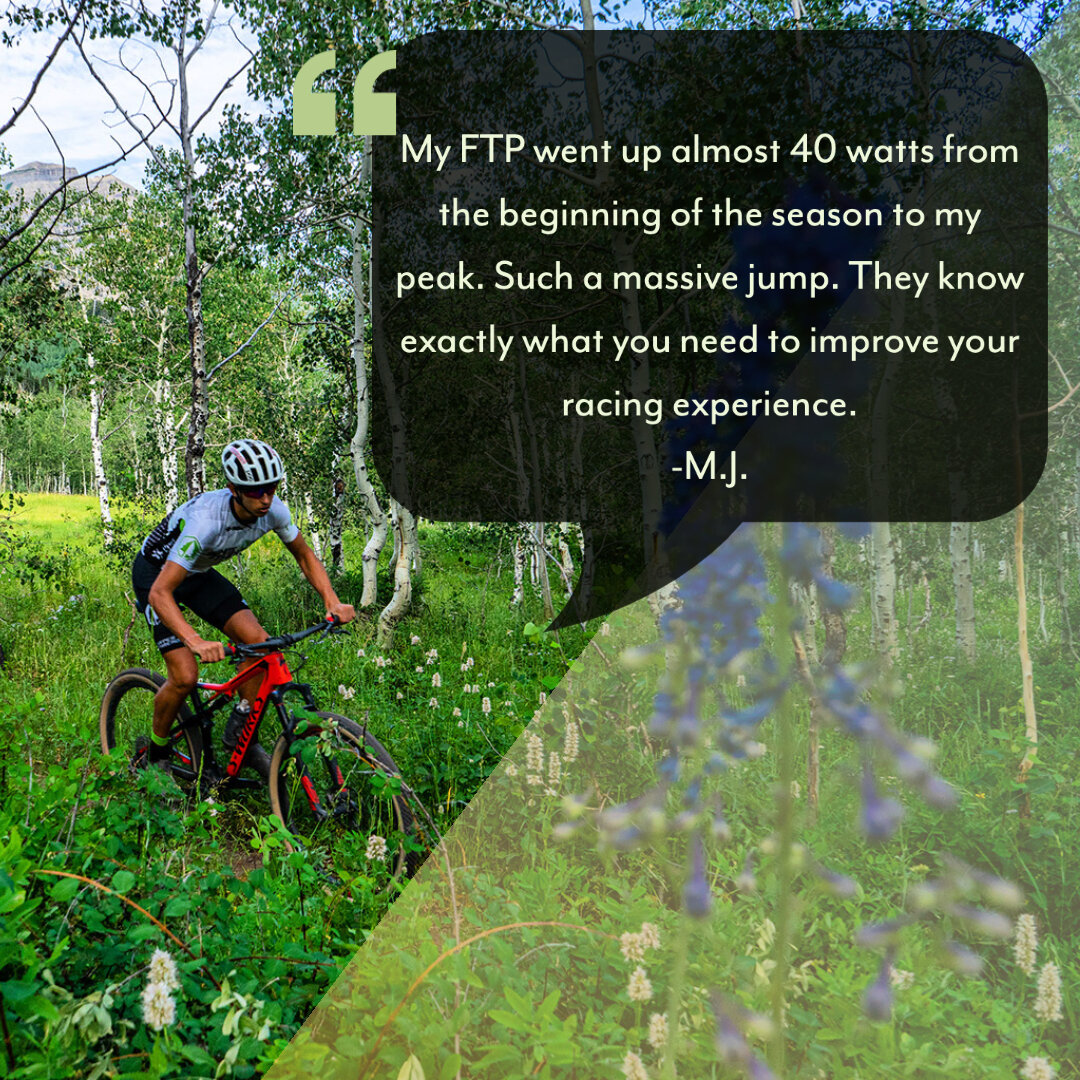As an athlete, I have trudged my way through many, many injuries: finger injuries, sprained ankles, broken bones, you name it… But, the injuries that were most common, and sadly the most preventable, were those due to my lack of mobility and flexibility: injuries such as hyperextensions, back issues, hip pain, and even minor muscle tweaks…All of these were due to my lack of mobility, not my lack of strength.
As a coach, I see it every day. Athletes complain of back pain, tightness in their shoulders, inflexible ankles, and hip pain, but what can you do about it?
Defining Mobility
First, let’s start by defining mobility. Mobility is the ability to move a joint through its full range of motion with control. For example, think about opening a door. The hinge should move from open to close, smoothly and without resistance. Now imagine trying to open that door and getting stuck halfway through the process. This is an overly simplified (but adequate) example of a lack of mobility, and it is all too common in the human body.
Unfortunately, the lack of mobility and its associated pain is rarely isolated. In fact, a lack of mobility in one joint can lead to pain further along the kinetic chain. Take the hips for example. Let’s say I am experiencing hip pain due to the fact that my hamstrings are so tight that it is creating a greater source of tension on my hips. Eventually, this tightness can cause my hips to rotate anteriorly, which will then cause the curvature of my spine to shift, putting a greater pressure on my vertebral disks ultimately leading to possible herniation. This is a fairly common injury that stems from a lack of flexibility and mobility. Unfortunately, most people don’t attribute their back pain to a lack of mobility in their hamstrings, and therefore they end up moving closer to injury rather than taking the proper steps to correct the issue.
Mobility is not something that just affects the weak, it has implications that can, and do affect everyone. As an athlete, your ability to perform in sport is dependent on your ability to utilize specific skill sets.
Take Baseball for example. A pitcher relies on his/her ability to throw fast ball or curve ball, which requires strength, power and coordination. Additionally, this skill is highly dependent on mobility. If a pitcher is unable to take his shoulder through its full range of motion, there is a very high probability that injury will occur due to repeated stress on the joint, and a failure to strengthen, or mobilize the surrounding tissue. This is not limited to shoulders, nor to baseball, but rather every sport, and every joint.
How can we fix our mobility issues?
The unfortunate truth is that there is no quick fix, no miracle cream, no ancient herbal remedies. The only way to improve structural mobility is with time, patience, and a good, well thought out plan.
At White Pine Athletics, we run each and every client through a mobility assessment because we understand the importance of having a functioning body, and also the effect that a lack of mobility can have on your training and sport performance. Moving forward in any training program without addressing concerns with structural mobility is asking for an injury.
Once you have an idea of the area(s) of the body in need of attention, it is time to research and execute. This is where it gets time consuming and potentially confusing for an individual attempting to self-assess. There is literally a lifetime of reading out there on the subject of mobility: some of it good, most of it mediocre, and a disturbing amount that is just plain wrong. This is why I will urge each and every reader to
(a.) check your sources, and/or
(b.) consult a professional (i.e. a reputable trainer/coach, physical therapist or exercise physiologist) before engaging in any program, even mobility.
You want to ensure that not only is the research credible, but that the exercise movement pattern you are about to engage in is safe and beneficial for your body and your current range of motion, deficiencies, and compensatory reflexes.
Mobility Protocols
When athletes ask me about mobility protocols, I almost always recommend inserting a handful of different mobility drills into a given training day. This obviously depends on the athletes current and ever-fluctuating physiological imbalances. I include mobility prescriptions in each training program I design in order to not only help my athletes remain injury free, but to affect the desired adaptations in their given sport.
Another great mobility tool is yoga. Yoga is a great activity for improving one’s mobility and can also be very therapeutic. That being said, I know it can be difficult at times to squeeze an hour long yoga class into your schedule. The other consideration is that, while it is generally beneficial overall, yoga isn’t targeting your specific issues. I have found incorporating my mobility training into my training program to be the best solution, and if I find time for a yoga class…great! This allows you to have the benefits of targeted mobility exercises specific to your needs, as well as the overarching general benefits of yoga’s movements and relaxation.
Wall Lying Hamstring Stretch
One of my favorite drills is a wall lying hamstring stretch. This is one of my favorites because it is easy, can be done anywhere (as evidence by my hotel-room illustration below), you don’t really have to do much, you can play on Instagram while doing it, and it has the ability to greatly improve mobility. To increase hamstring flexibility, loosen hip tightness, and to potentially alleviate back pain, follow the steps below. This is an incredible exercise that can be done multiple times a day, and can be modified to fit the mobility levels of almost anyone.
*It is important to note that this is more of a stretch focusing on flexibility rather than a movement pattern itself, but it has great implications on hip mobility.
Lie flat on your back at the base of a blank and sturdy wall, starting parallel to the wall.
Lift your feet straight into the air, and rotate/adjust your positioning until the back of your hamstrings and gastrocnemius are weighted against the wall.
Inch your glutes as close to the wall as you can while maintaining straight legs without locking your knees.
This is the primary position of the stretch. Focus on your tail bone, as, in theory it should be in contact with the floor.
Focus on dorsiflexion of the feet, that is, pulling your toes towards your face.
*One modification of this exercise is to allow your feet to separate. Allow gravity to pull your feet towards the ground while maintaining contact with the wall. Once you have reached the limit of your range of motion, point your toes towards the ground and hold this position.
Work with a White Pine Athletics coach to help improve your mobility, flexibility, and strength. View packages here.
*Always consult your physician before beginning any exercise program, including mobility training.
**originally posted December 9, 2016












